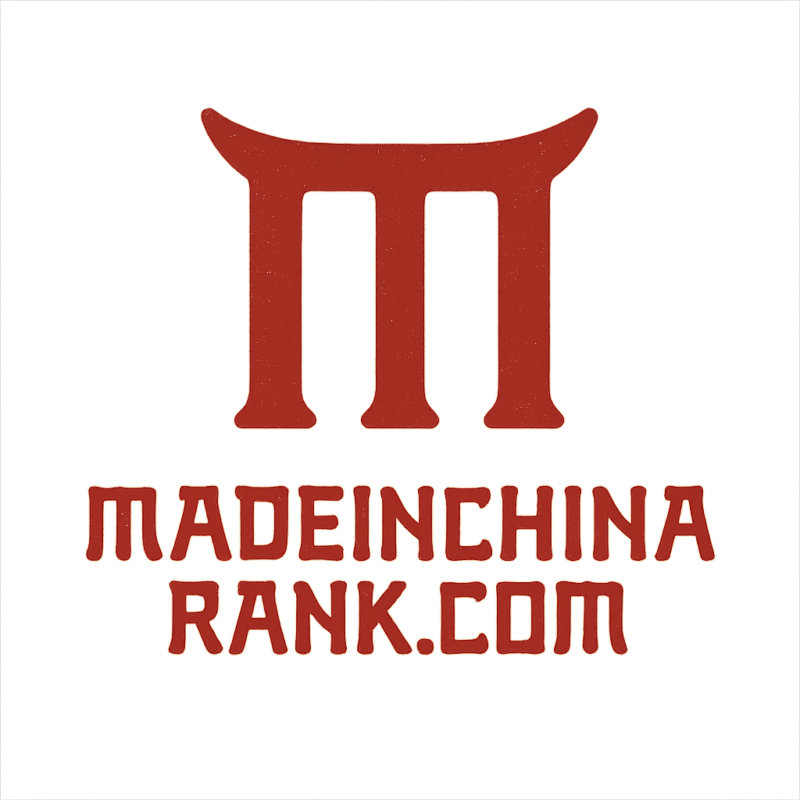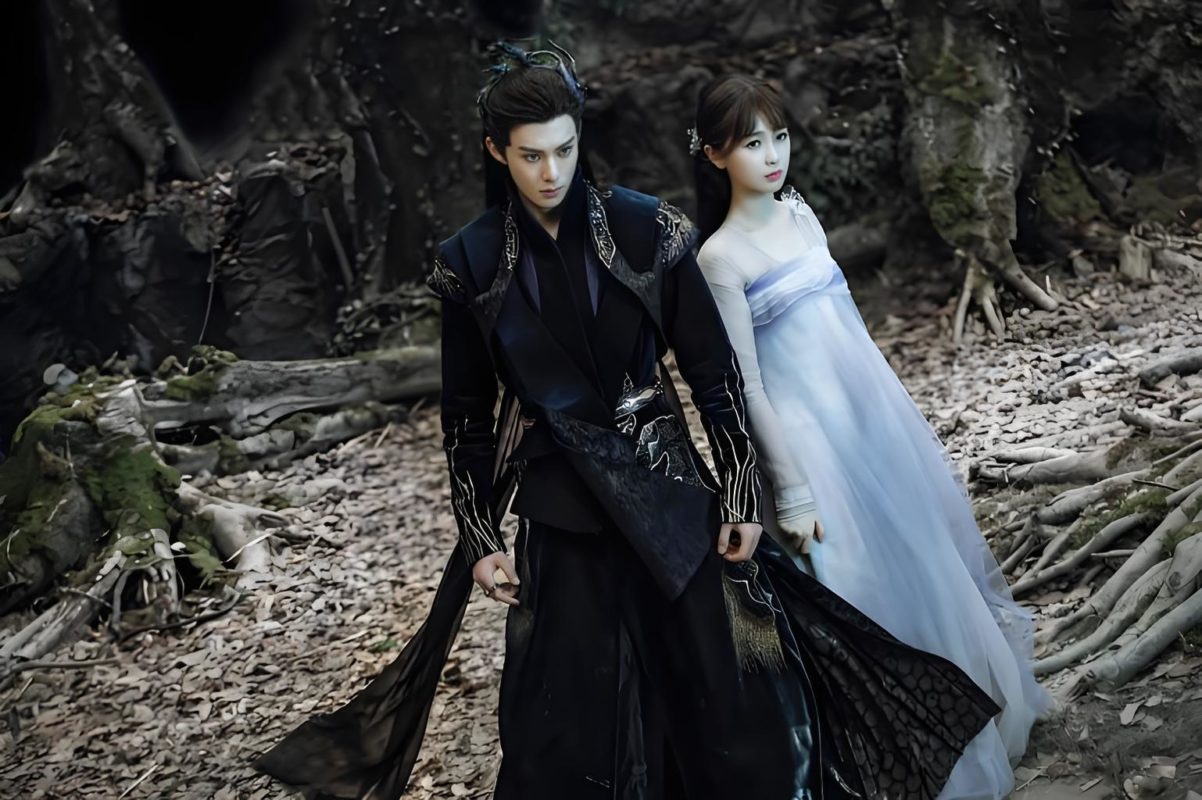1. World of Three Realms: An Epic Fantasy Setting
Set within a richly imagined fantasy universe, Love Between Fairy and Devil unfolds across the Fairy, Moon, y Mortal Realms, where age-old tensions and intricate divine politics shape every encounter, emotion, and destiny—all brought to life through sweeping landscapes, detailed world-building, and the singular ambition of unsealing a powerful demon lord. This layered backdrop anchors a narrative where cosmic prophecy collides with personal transformation, as the fate of three intertwined worlds depends on the unexpected collision of innocence and power.
2. The Awakening of Dongfang Qingcang: From Demon Lord to Protector
Dongfang Qingcang, the enigmatic Moon Supreme known as the Demon Lord, was sealed away 30,000 years ago by the Goddess of War, Chidi Nuzi, who sacrificed herself to stop his destructive advance across the immortal realms (Wikipedia). His long imprisonment in the Haotian Tower served as both punishment and precaution, for even after millennia, his hellfire power remained unrivaled and terrifying.
His unsealing is triggered not by war or prophecy but by accident, when the humble fairy Xiao Lanhua—a seemingly insignificant orchid spirit—stumbles into his prison while protecting her long-admired hero, the God of War, Chang Heng. Through this act of misplaced bravery and an affectionate kiss, she activates a binding mechanism known as the One Heart Curse, tethering their lives, emotions, and fates together in a way that neither could have anticipated.
3. Entangled Fates: The One Heart Curse
The One Heart Curse forges an inextricable link between Dongfang Qingcang and Xiao Lanhua, such that any physical or emotional harm suffered by one echoes in the other—a bond that elevates tension, sparks both comedic and tender exchanges, and forces each to confront vulnerabilities previously suppressed. At first, Dongfang Qingcang views Xiao Lanhua with clinical detachment, anger, or outright disdain—her presence irritating his calculated solitude—but gradually learns to recognize the strength behind her purity and compassion, even as he initially resists this emotional thawing.
Xiao Lanhua, on the other hand, despite her timid nature and underestimated cultivation, begins to realize that her empathy and gentle heart are not signs of weakness, but sources of resilience that she—and, improbably, Dongfang Qingcang—come to rely on. Their constant proximity leads to growth, frustration, trust, and ultimately love, articulated not through grand declarations but through small moments, mutual sacrifices, and an emotional resonance that strikes all the harder for being earned rather than inevitable.
4. Supporting Arcs, Conflict, and the Looming Threat of Tai Sui
Beneath the main arc unfolds a tapestry of subplots and allegiances that echo the main couple’s growth. Chang Heng, the gentle God of War, clings to unspoken affection for Xiao Lanhua, caught between duty and heart. Mientras tanto, Rong Hao, grieving for his lost mentor Chidi Nuzi, forms a desperate alliance with the exiled god Tai Sui, whose manipulations promise resurrection at a dire price.
Tai Sui, representing primordial chaos and fear, seeks to dismantle the balance of the realms by exploiting personal pain and longing, ensnaring souls like Rong Hao’s in a web of bargains and exploitation, and threatening to destabilize the fragile harmony between Fairy and Moon Tribes. These intertwined arcs not only heighten the narrative stakes but also reflect the core thematic tension: unity achieved through love and sacrifice versus domination rooted in fear and vengeance.
5. Climactic War, Sacrifice, and a Flower Reborn
As the war between the Moon Tribe and Shuiyuntian reaches its zenith, Xiao Lanhua—recognizing the lethal consequences of their cursed bond and her pivotal role in the realms’ salvation—chooses self-sacrifice in a heartbreaking act that revives long-fallen warriors, including the Moon Tribe’s ancient army and even Chidi Nuzi in incipient form. Battling grief and divine responsibility, Dongfang Qingcang grieves her loss, immersing himself in unresolved guilt, until Chang Heng and allies, guided by Si Ming, work tirelessly to restore her primordial spirit in the form of an orchid seed.
In a culmination of narrative, love, and myth, Dongfang Qingcang nurtures the seed with care, an echo of their shared destiny, eventually bringing Xiao Lanhua back to life—although the resurrected form initially lacks her memories, presenting a new challenge rooted in recognition and reunion.
6. Legacy, Visual Splendor, and Emotional Resonance
Love Between Fairy and Devil leaves its mark not only through its narrative artistry but also with a visual and emotional impact that resonates deeply with audiences. Its cinematography, CGI, costumes, and set design—from the Arbiter Hall’s dreamlike greenery to the stark regality of Moon Tribe attire—create a lush, immersive landscape that feels both magical and grounded in Chinese artistic tradition.
Viewers have celebrated the on-screen chemistry between Yu Shuxin and Dylan Wang, whose performances elevate the fantasy romance into something affecting, credible, and memorable. The thoughtful pacing, character transformation, and intimate emotional arcs have prompted many like this fan:
“The love story felt like a love story… they chose each other. Again and again. Against fate. Against all odds.”(Reddit)
The series strikes a rare balance: sweeping in scale yet intimate in feeling, rooted in myth yet powered by human emotion. It offers not just escapism but a meditation on love, fate, sacrifice, y transformative empathy, making Love Between Fairy and Devil a standout tale within contemporary fantasy romance.
Let me know if you’d like an expanded character breakdown, visual egg-hunt guide, or a companion piece comparing the drama with its original novel by Jiu Lu Fei Xiang.

